Kyoto - exploring Japanese gardens in search of a Geisha
Објављено: 26.08.2017
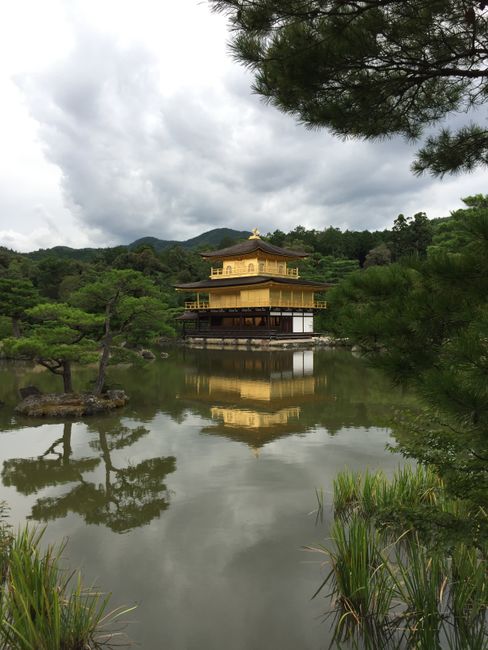
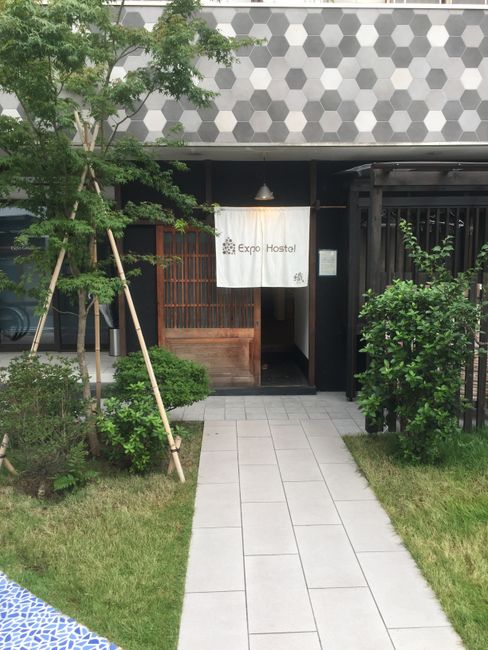
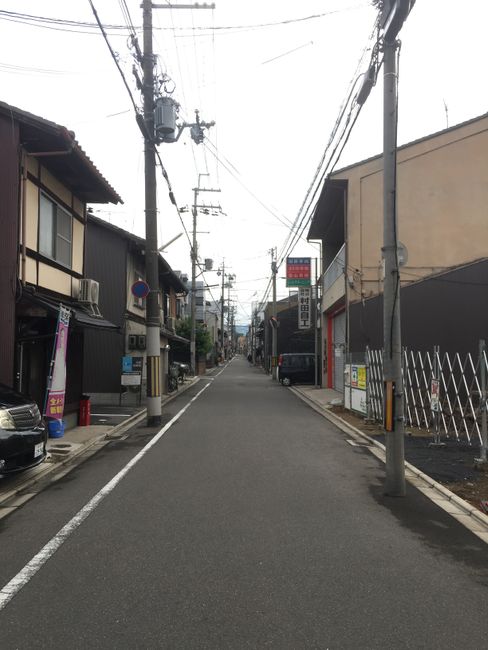
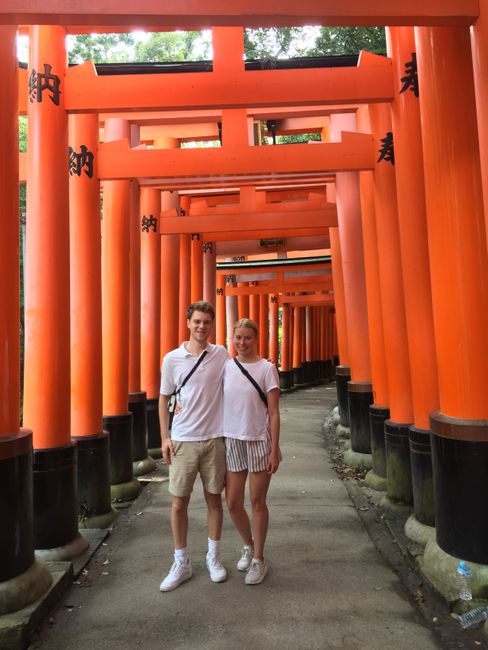
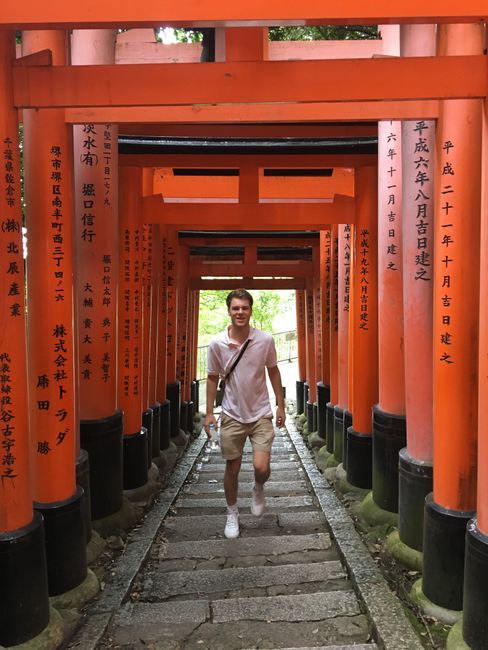
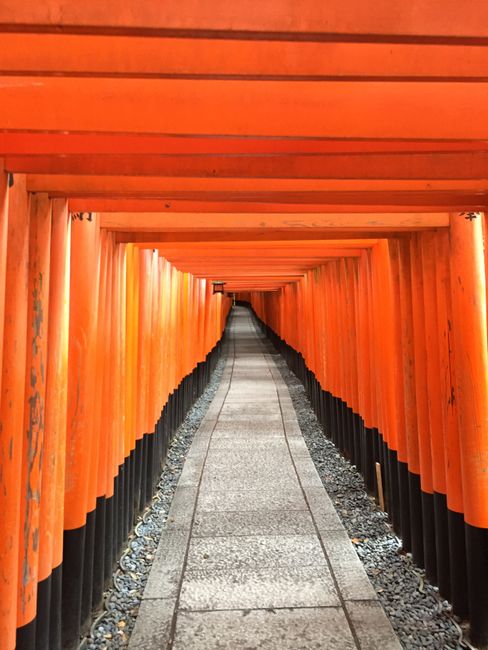
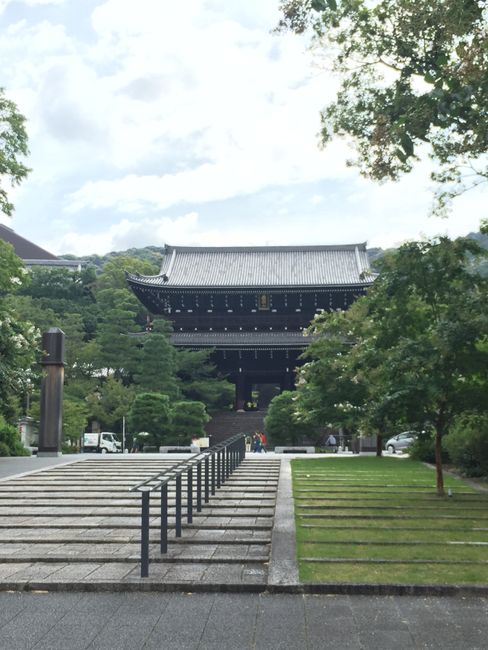
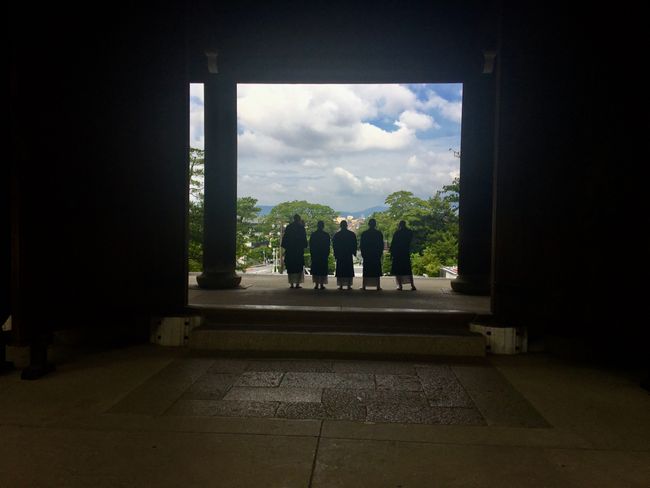
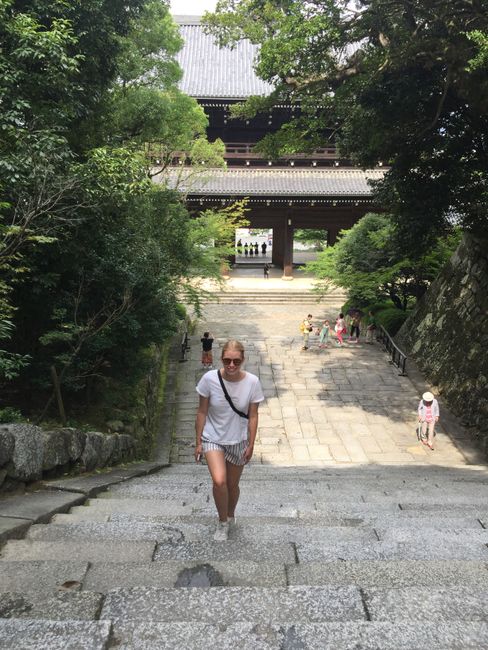
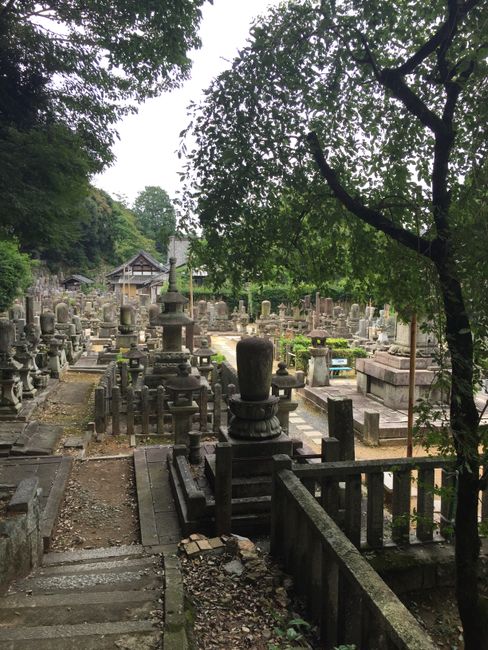
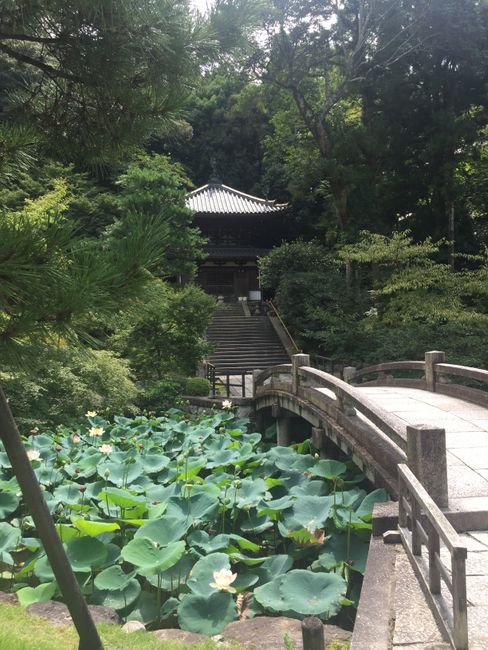
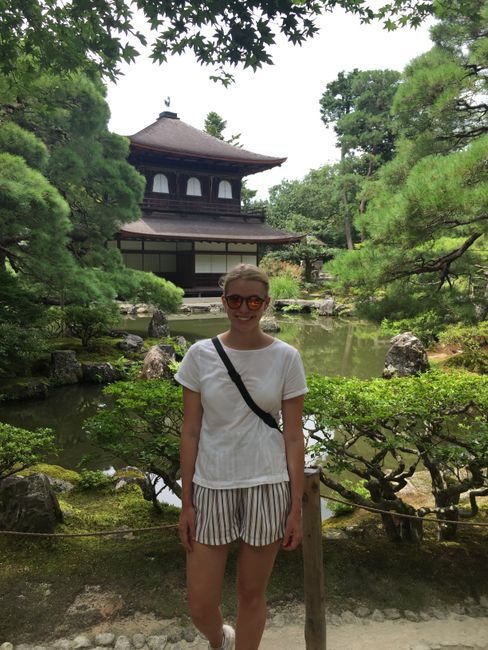
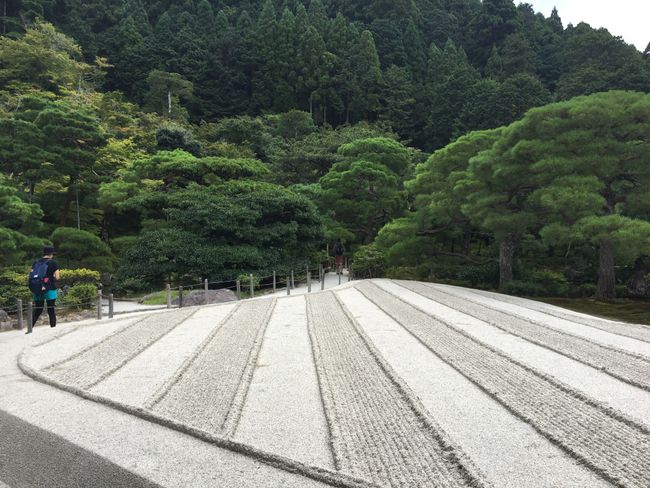
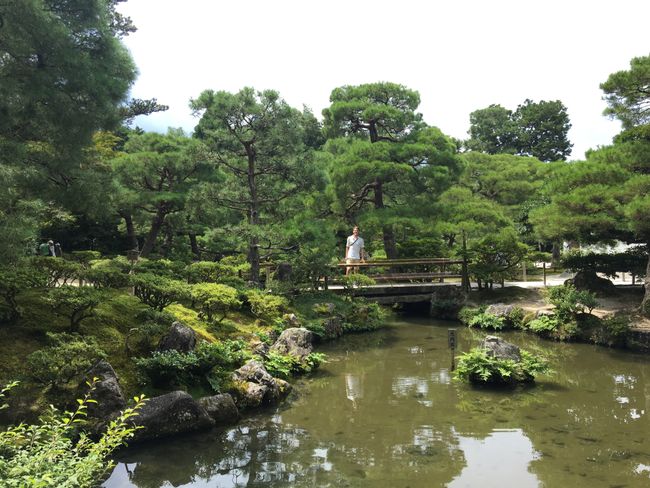
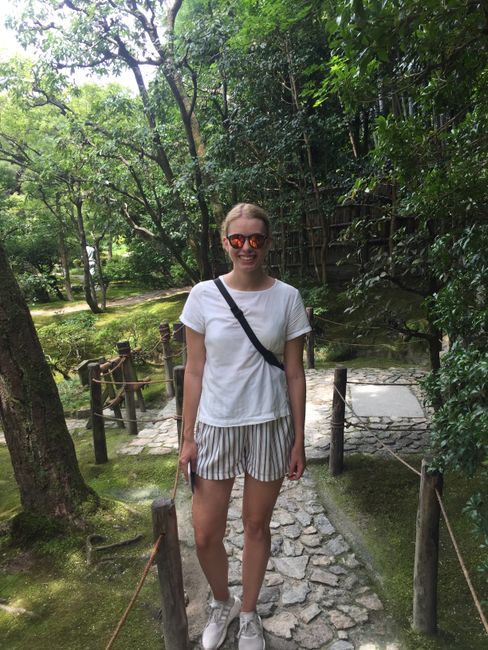
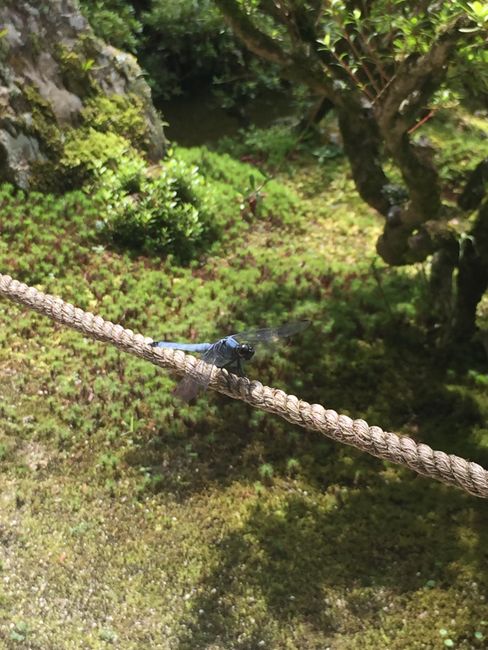
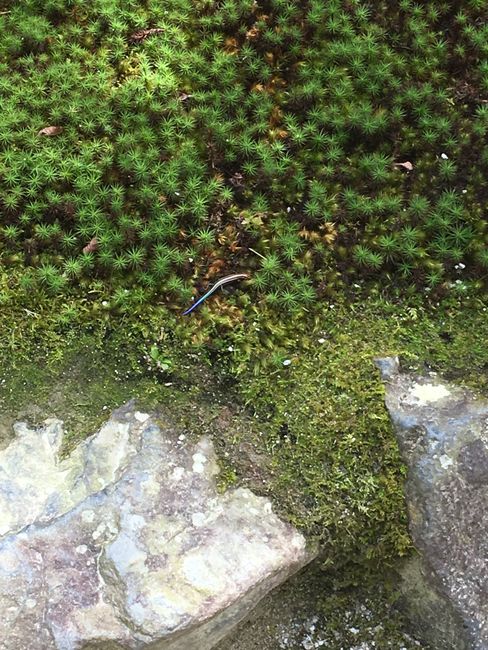
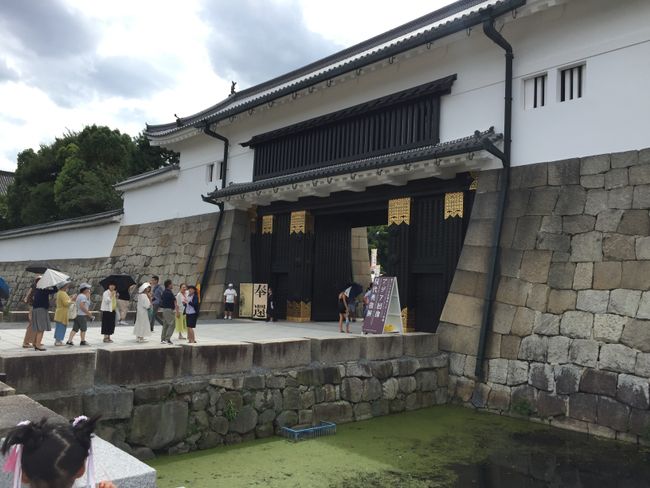
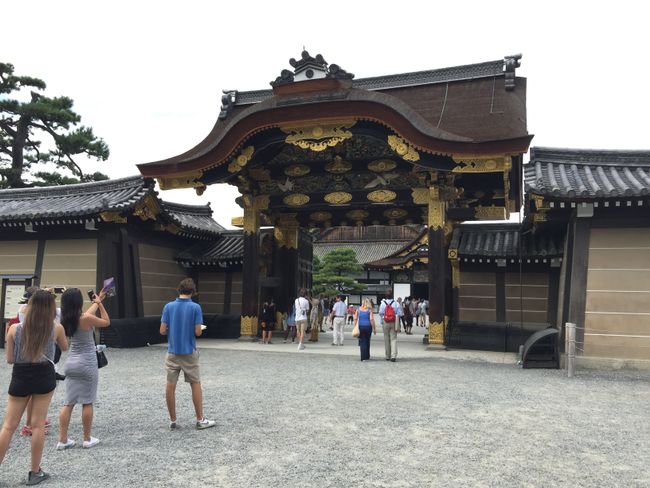
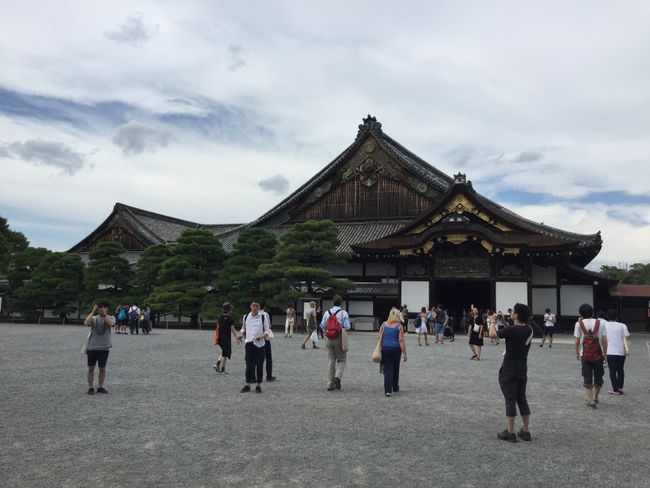
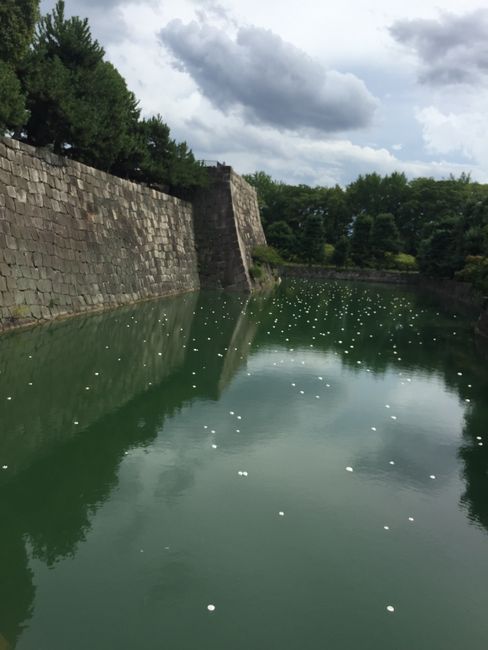
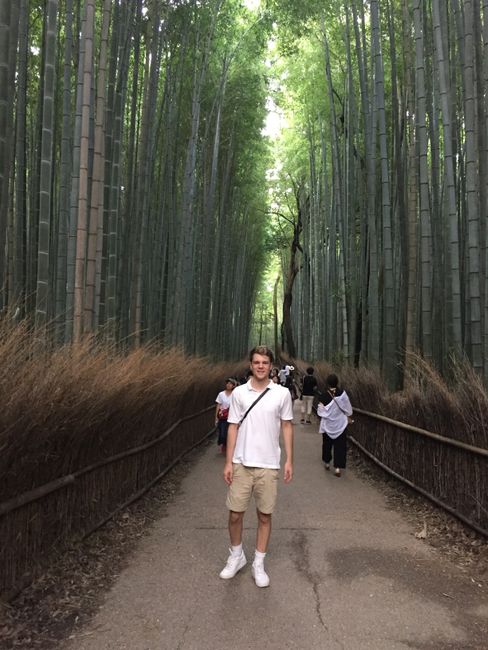
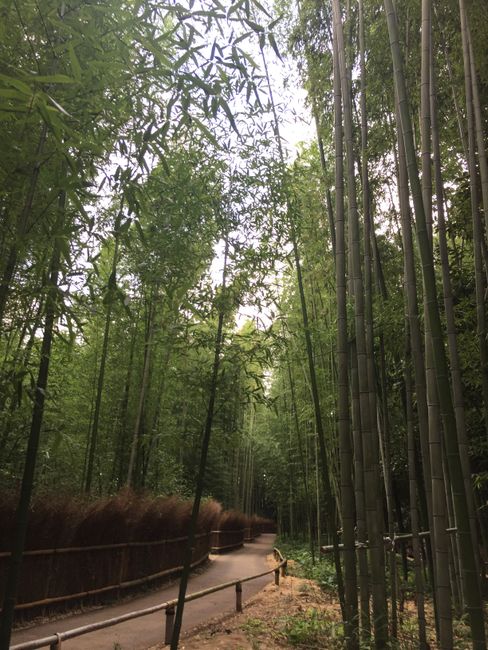
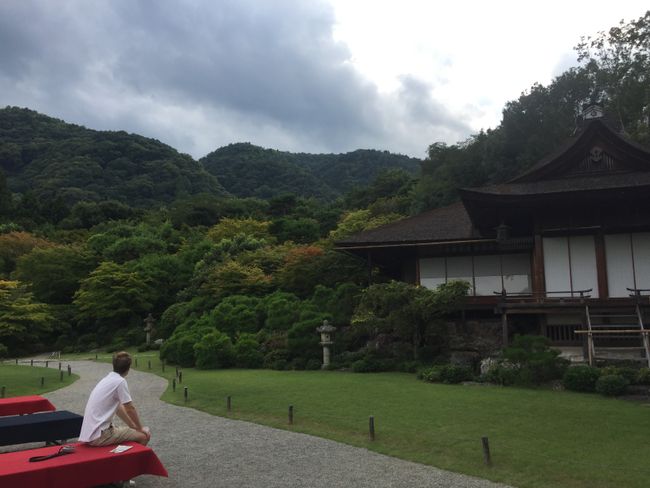
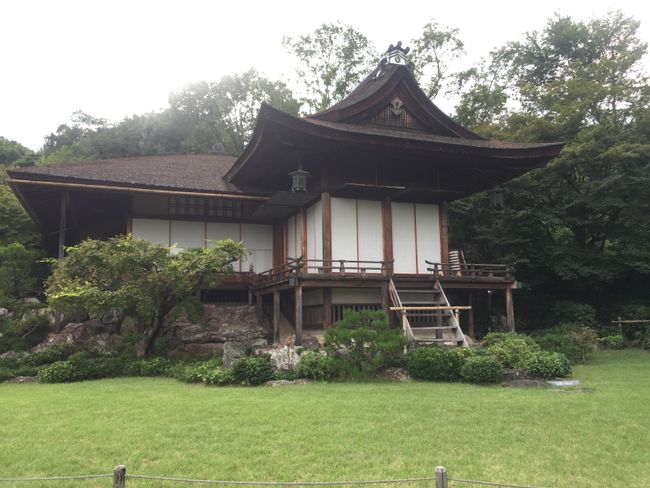
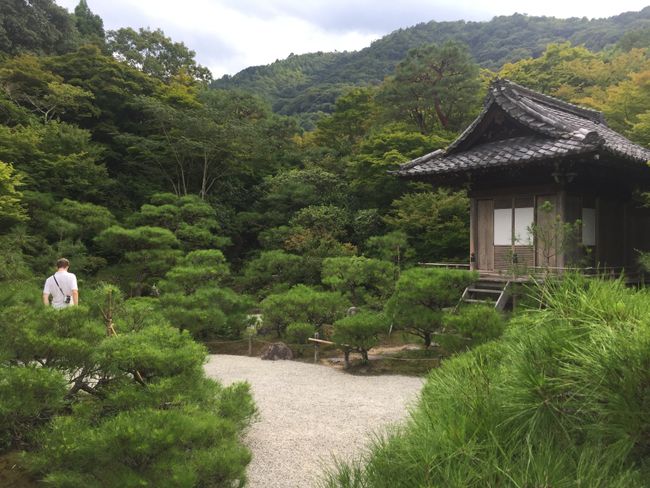
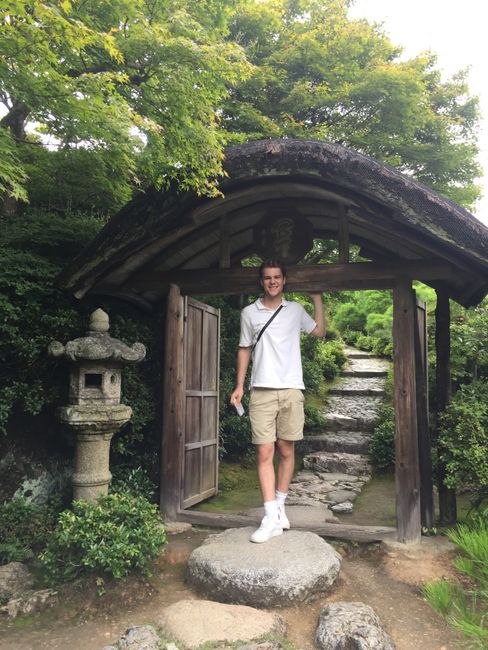
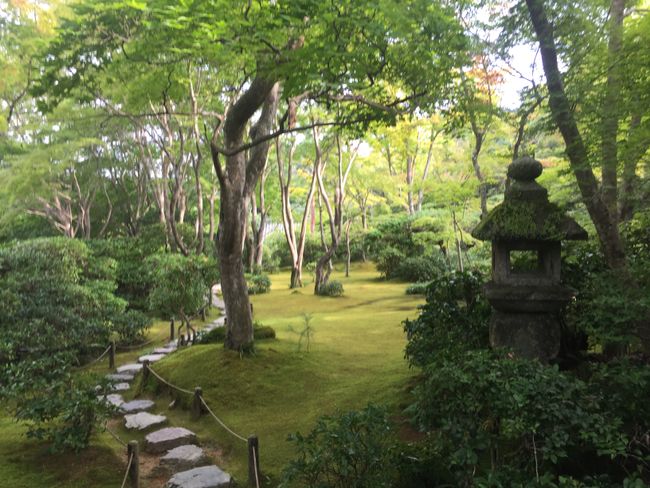
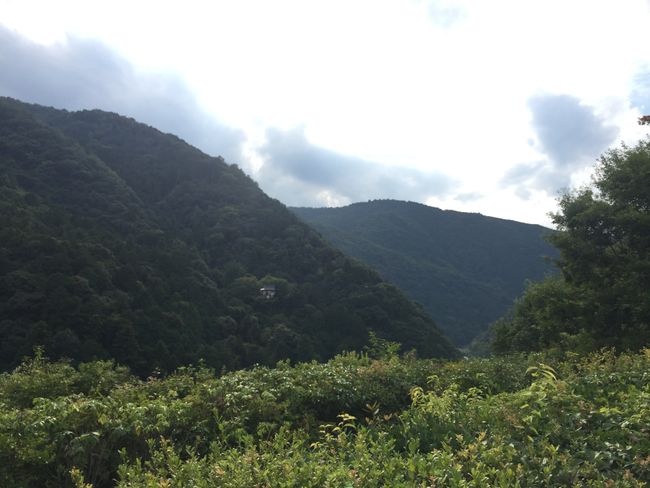
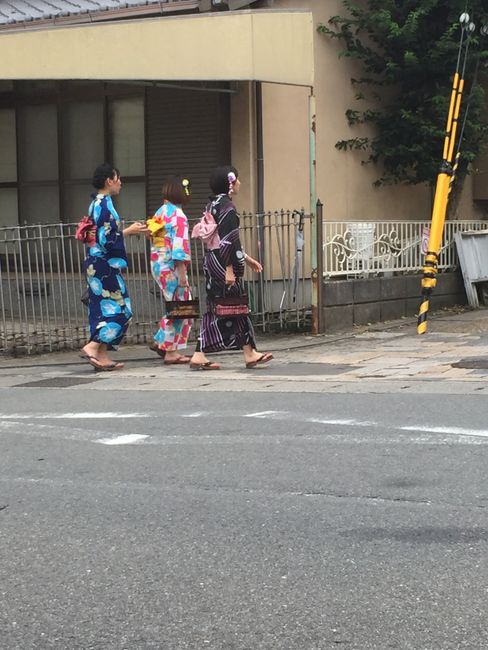

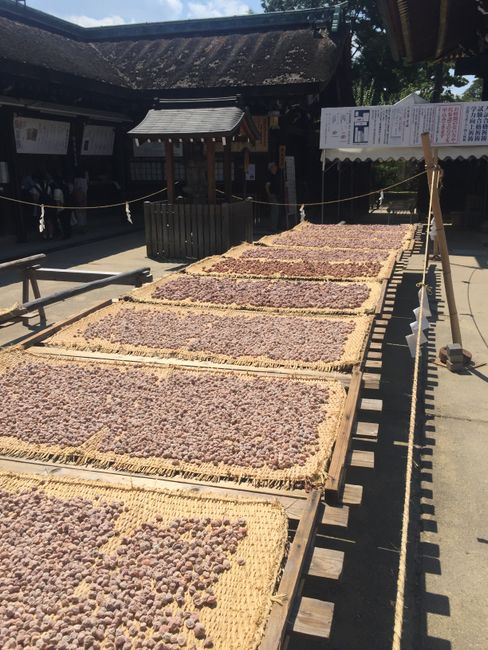
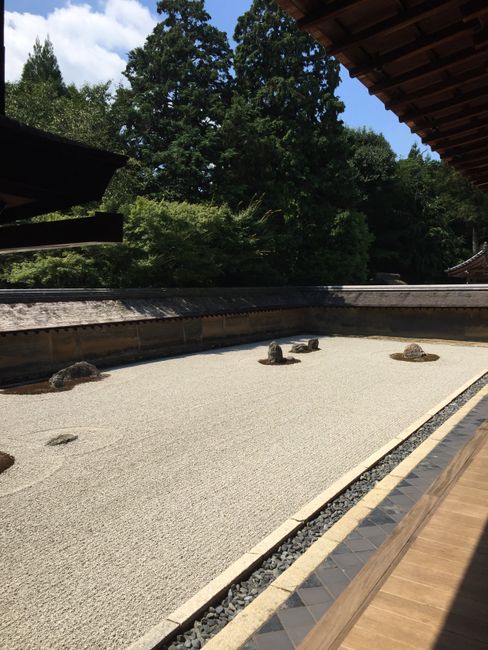
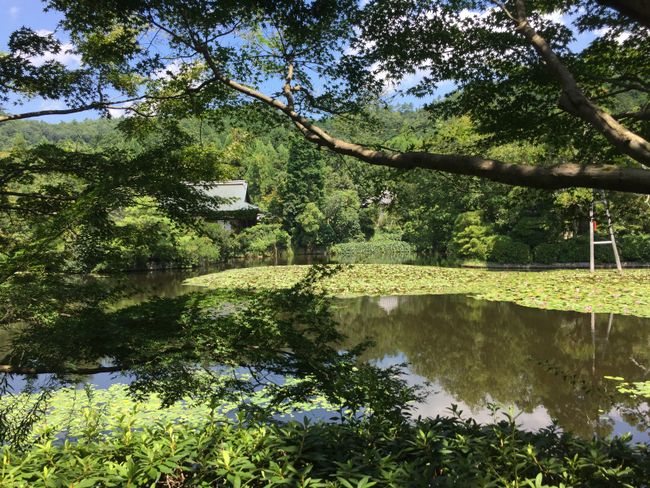
Пријавите се на билтен
For our stop in Kyoto, where we wanted to explore a part of Japan's traditional side, we planned to stay two nights in a very nice hostel in the north of the city. Actually a bit too short to see the full range of temples, shrines, and Japanese gardens. That's why we selected the sights in advance that seemed the most beautiful and impressive to us. To begin with, we had a full schedule, which will be remembered for a long time in the end.
Arriving from Kobe in the afternoon, we quickly made our way to the Golden Pavilion with our rented bicycles before the official closing times of the temples (around 17:00). The Buddhist Zen temple is known for its two upper floors decorated in gold leaf. It is also located in the middle of a very beautiful and peaceful garden, by a lake filled with koi fish - a very beautiful sight that we had never seen before!
The next morning started a bit earlier for us as we made our way to Fushimi Inari Shrine around 6:30, which attracts the most visitors of any shrine in Japan (the second reason for the early visit being the slightly lower temperature in the morning). The shrine is one of the oldest and therefore has a very mystical atmosphere with its many red torii gates (traditional Japanese gates) (little fact: each gate on the way to the top represents a donation from individuals, families, or companies).
We then continued to Chionin Temple, where we were greeted by five singing monks in Japan's largest temple gate - a sight that was particularly impressive to us. After many (very high) stair steps, we reached the temple, its attached cemetery, and of course, the once again beautifully maintained Japanese garden.
Since we had bought day passes for the bus in the morning, we immediately took the bus to the Silver Pavilion (which has a very similar architectural style to the Golden Pavilion). Here we discovered not only particularly beautiful moss landscapes in the garden, but also several differently colored dragonflies and a colorful salamander.
We spent our last two stops at Nijo Castle, which used to serve as the residence of the Shōgun (leader of the samurai), and at Ōkōchi Sansō, a private property owned by the late samurai film actor Denjirō Ōkōchi. He built a villa right next to a bamboo forest, with the most beautiful Japanese garden and a great view of the city.
Since we had reached our quota for the day (also due to the heat), we didn't start exploring again until the next morning and enjoyed the evening at a nice restaurant that opened in a former public bathhouse.
Our last stop was another old temple where plums were dried and the Ryōan-ji Temple with the most famous Zen garden in the city. Its attraction is still not fully understood by us, but we had little time to practice Zen, as we soon had to be back at the hostel to check out.
But what about the Geishas? During a visit to Kyoto, some may believe to have come across hundreds of Geishas. It is tradition, or simply a fashion, that many young girls dress up as Japanese entertainers and move through the temples and gardens of Kyoto. However, we did not come across a real Geisha even in the Geisha district of Gion!
Пријавите се на билтен
Одговор (2)
Jürgen
Einfach fantastisch, der Text, die Fotos und natuerlich die japanische Landschaftsgestaltung. Einschliesslich Libelle und Salamander.
Danke und schoenes WochenendeReinhard
Das ihr keine Geisha gefunden habt ist nicht verwunderlich. Es gibt angeblich nur noch 1000 als letzte Überlende einer untergehenden Kultur. Die jungen Mädchen im Geishalook haben mit den lebenden Kunstwerken sicher nicht viel gemein. Ich wünsche Euch weiterhin viel Freude und viele neue Erkenntnisse auf eurer Japanreise.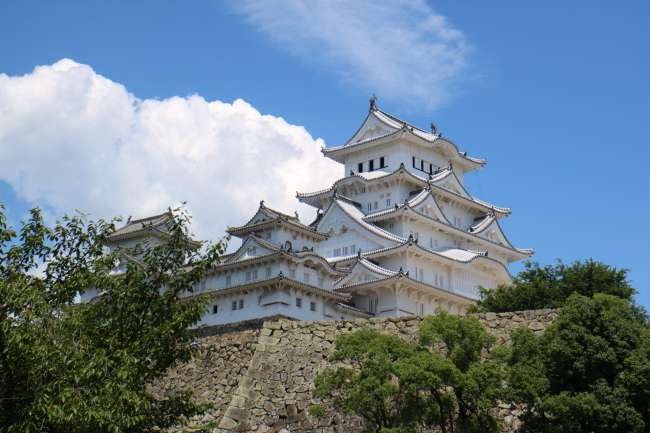
Извештаји о путовањима Јапан

